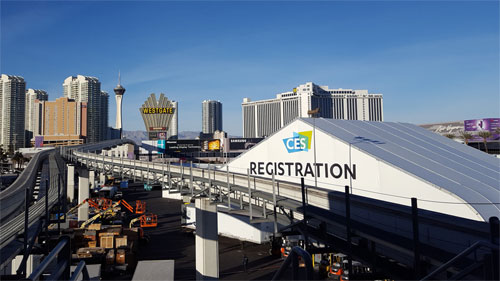The HDMI Forum officially published the next-generation HDMI 2.1 specifications at CES 2017, paving the way for 8K resolution and Dynamic HDR support, but one of the more overlooked yet equally exciting feature of HDMI 2.1 is Game Mode VRR.

Variable Refresh Rate (VRR) technology is one of the holy grails of image science, allowing the source and display to maintain perfect 1:1 sync across a frequency range. Thus far, transmission via the source to the display is done via fixed timings (usually 50, 60 and 24Hz). Any frame rate that cannot be synced to 1:1 (e.g. 60fps to 60Hz) or 1:2 (e.g. 30fps to 60Hz) manner must be squeezed into those timing via frame repeat, which compromises motion fluidity and could also lead to lag, stutter and image tearing.
For example, if a games developer or a gamer wishes to target 45fps, those 45 frames must fit into 60Hz timing, which means some frames must be repeated resulting in uneven motion. So he is forced to either choose 60fps (at the cost to graphics) or 30fps (at the cost to motion fluidity). A cinematographer who would like his work to be shot and presented in 48fps must either downgrade to 24fps thereby compromising motion fluidity for even motion (or opt for 50/60fps which could increase production costs). As you can imagine, fixed timings are extremely restrictive for content creators.
Variable Refresh Rate (VRR) does away with fixed timings and allows content creators to choose their ideal target frame rate or the entire range. For an example, if the most popular rage turns out to be 24Hz to 60Hz, contents creators can target the whole 24-60Hz range or pick their ideal fixed refresh rate. The body responsible for standardizing HDMI specifications (the HDMI Forum) have yet to state the minimum and maximum refresh rates required for VRR, but it is likely to be in the region of 24 to 60Hz (if not wider).
VRR of course isn’t new – in fact PC gamers have been enjoying VRR via G-Sync and FreeSync for some time. However, the official introduction via HDMI 2.1 means the technology can finally trickle down to the masses and beyond PC gamers. Ironically, the technology is limited to PC gaming since none of the consoles support VRR. But the future of VRR just got brighter, provided it gets the support it needs.